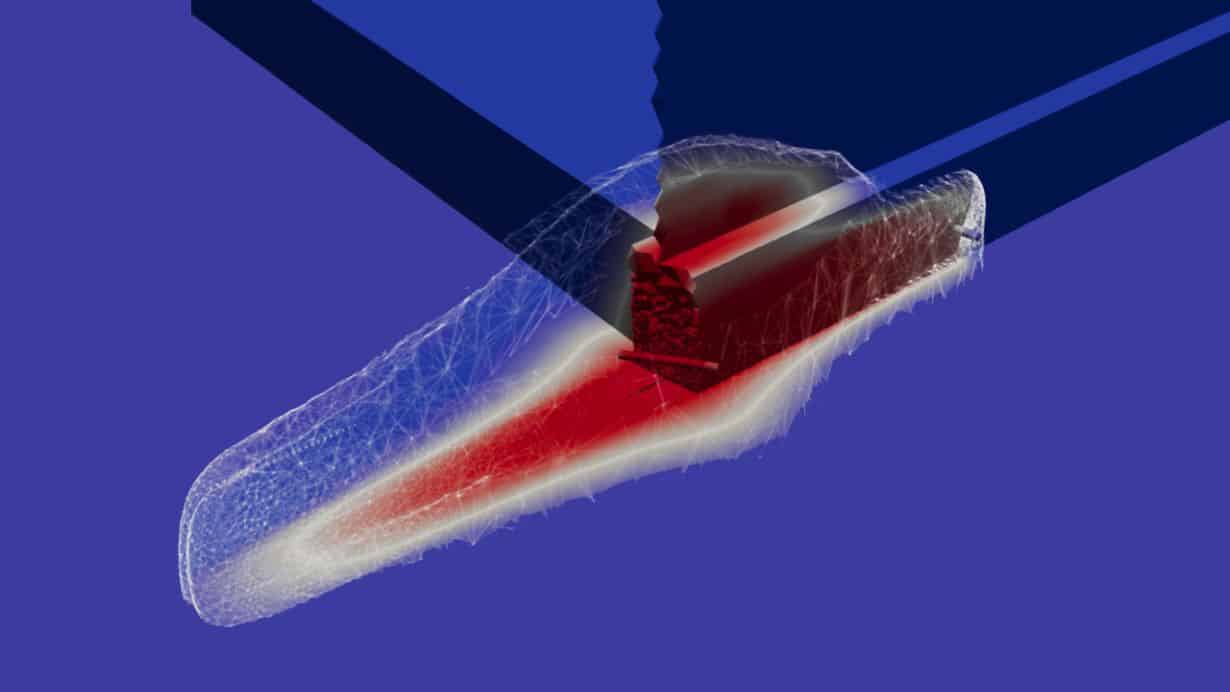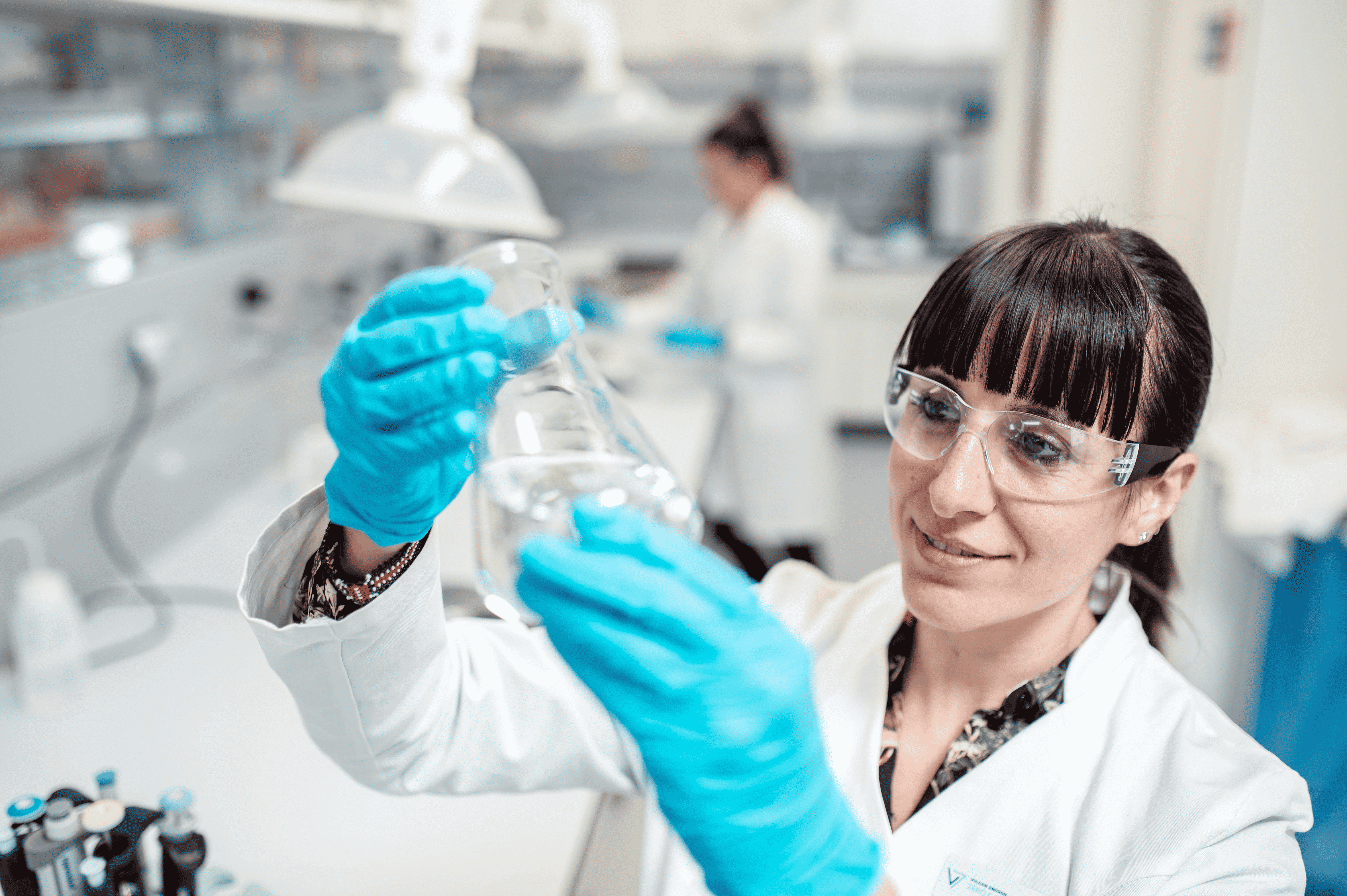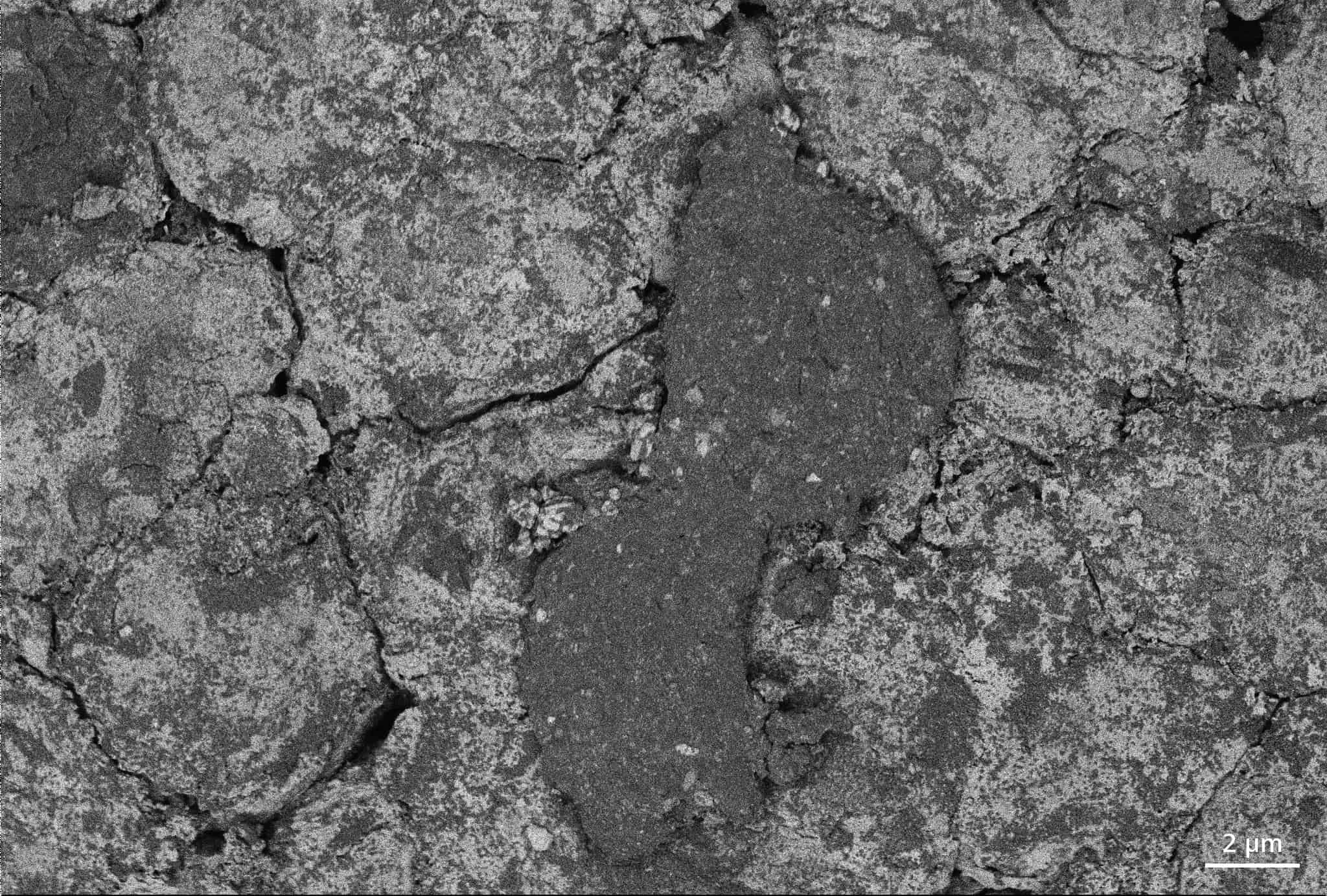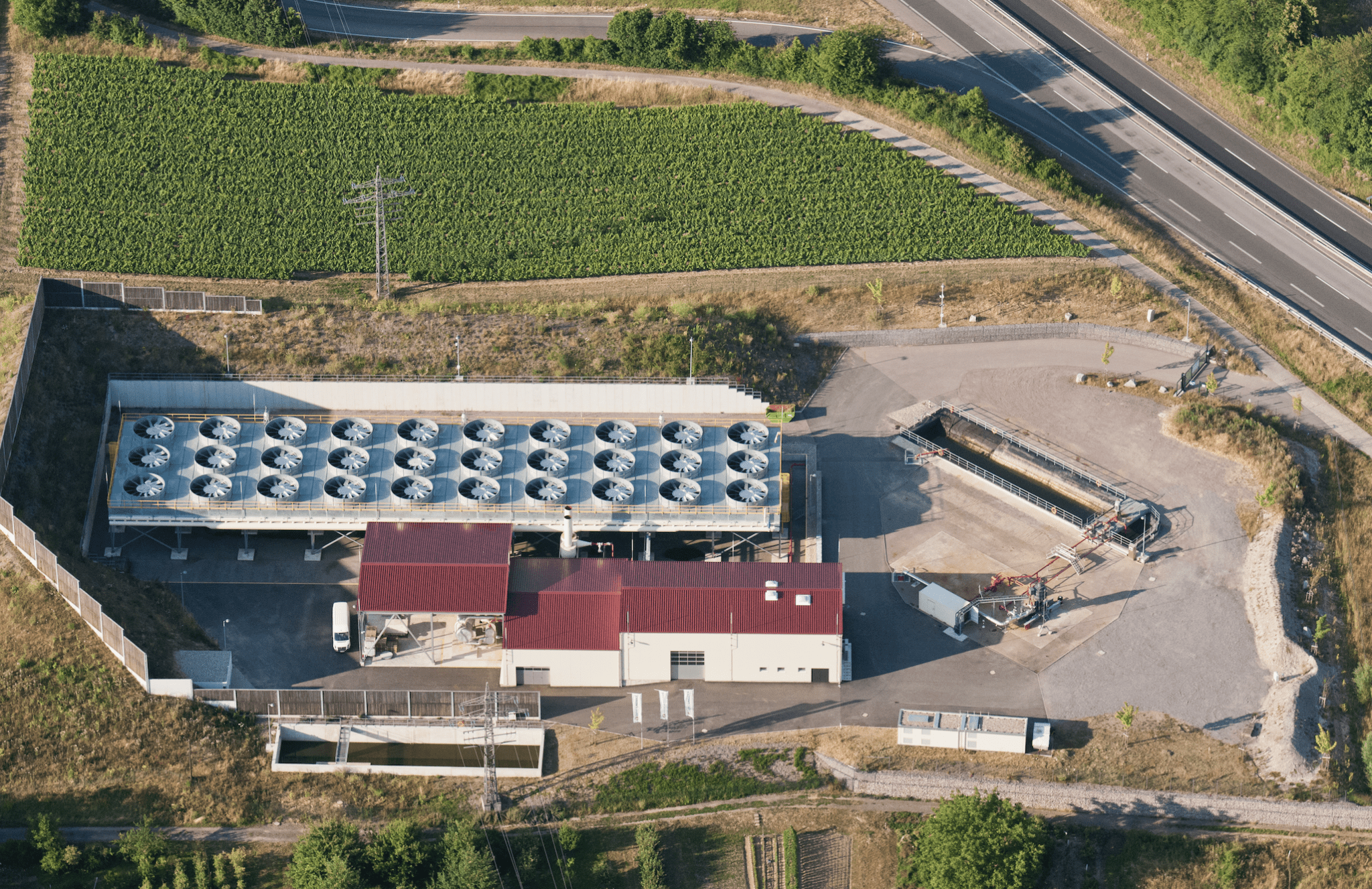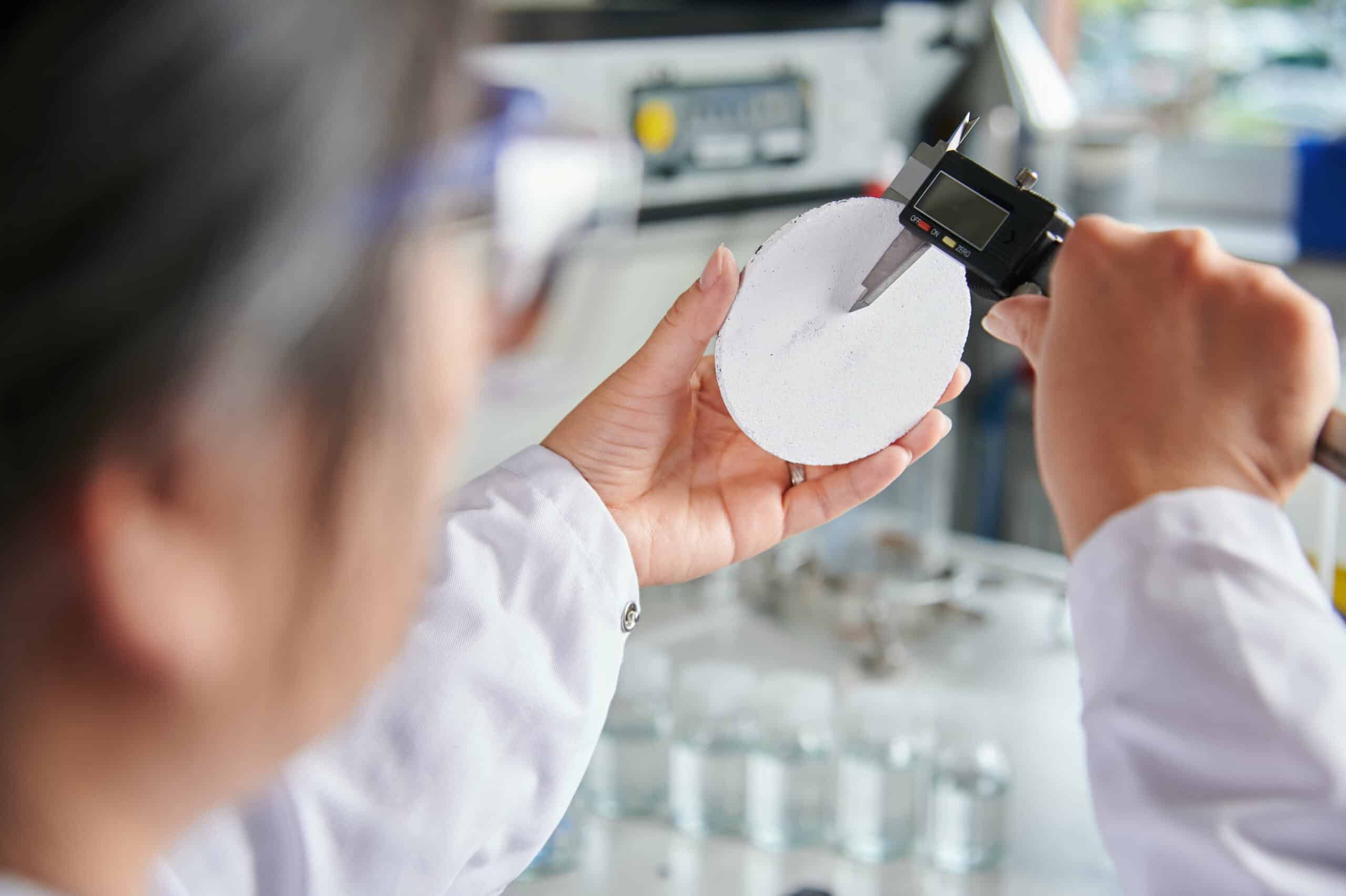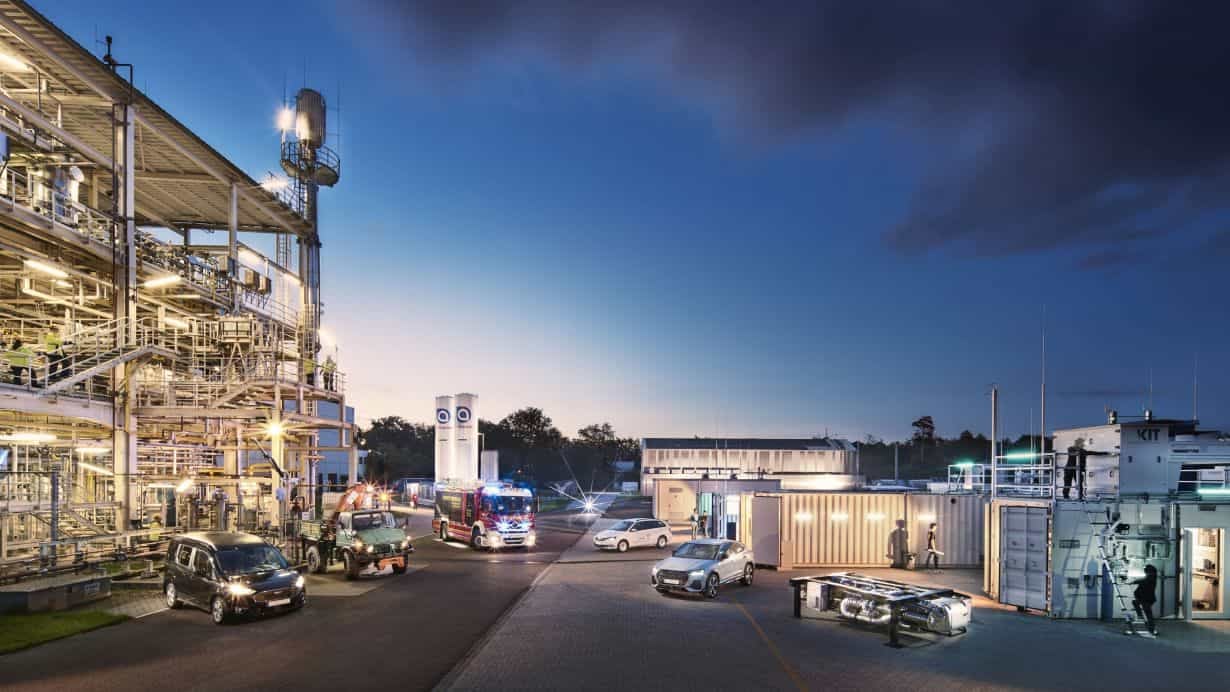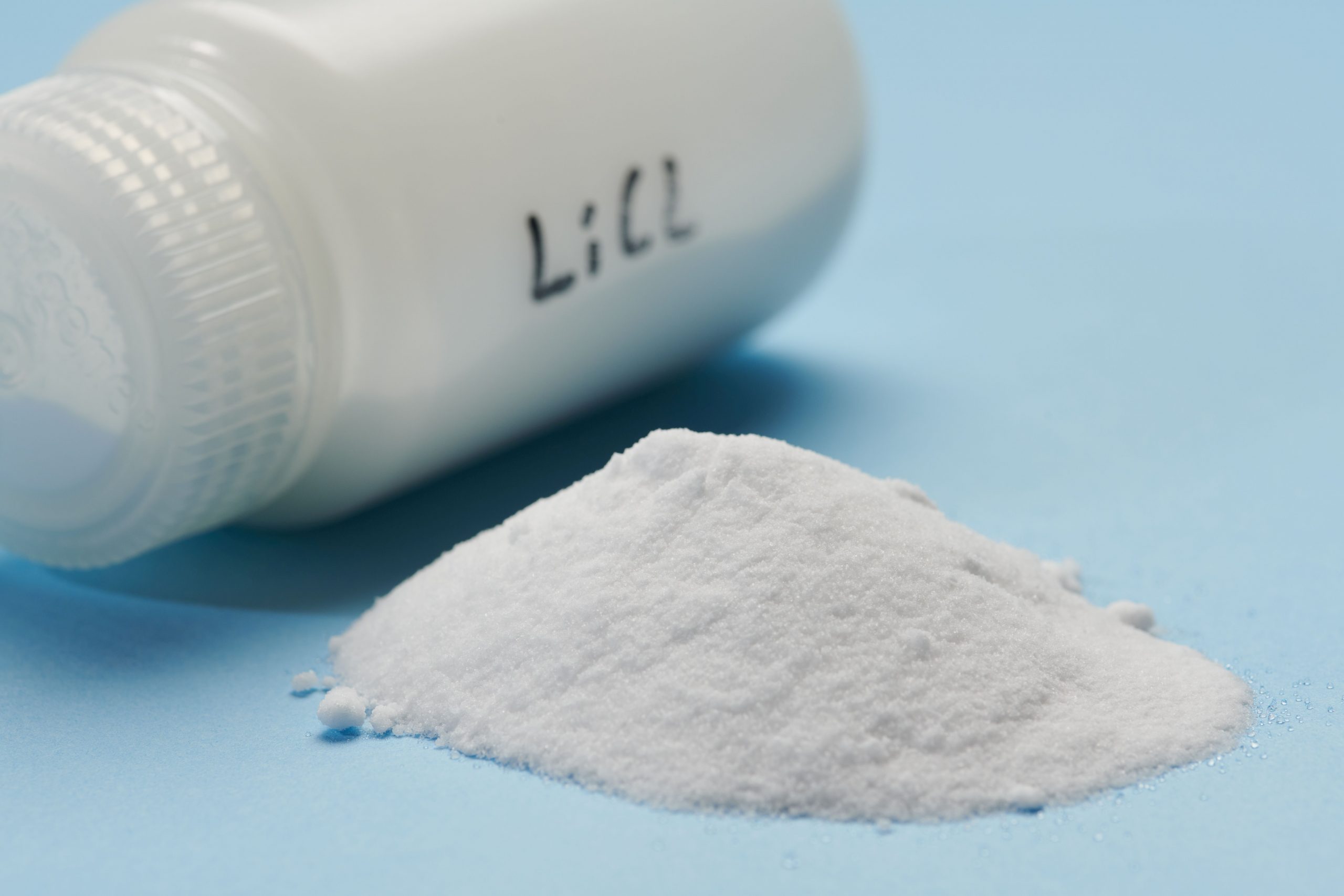
A world without lithium is inconceivable in the 21st century. Mobile phones, electric cars, data storage. Lithium is essential for those batteries that power these devices. Millions of tons are extracted every year in Africa, Australia, and South America. However, researchers from the Karlsruhe Institute of Technology (KIT) have now found a way to mine lithium in Germany. The raw material can be extracted from deep waters in geothermal installations in the Upper Rhine Plain. This is a low-lying region in the southwest of Germany to the northeast of France.
“We believe that it could be as much as 200 milligrams per liter,” says geoscientist Dr. Jens Grimmer of the Institute of Applied Geosciences (AGW) at KIT: “If we were to make consistent use of this potential, we could cover a significant part of our own needs in Germany. The reason why this lithium could not be mined until now is that there was no suitable process for developing it in a cost-effective, environmentally friendly, and sustainable way.
Grimmer has now developed a process for this together with his research colleague Dr. Florencia Saravia from the Research Unit of the German Technical and Scientific Association for Gas and Water (DVGW) at the Engler-Bunte Institute (EBI) of KIT. ” In the first step, the lithium ions are filtered out of the thermal water. In a second step, they are condensed down further until the lithium can precipitate as salt,” says Grimmer. KIT has already applied for a patent for this procedure.
Environmental damage is only minimal
The Grimmer-Saravia process for producing lithium differs from traditional methods in South American salt lakes and Australian hard deposits, It does this by harnessing the existing infrastructure of geothermal facilities. Up to two billion liters of thermal water flows through them each year.
After being used, the thermal water is returned to the subsoil. Consequently, no harmful substances are released and geothermal electricity and heat production is not disrupted, the researchers state. The lithium can be continually extracted from the geothermal plant’s hot water recycling system within a few hours. By contrast, enrichment in the South American salt lakes takes several months and is highly dependent on the weather. In conventional lithium production, heavy rainfall can cause a delay of weeks or even months. And the new process has another advantage: it is possible to extract other rare elements such as rubidium or cesium from the thermal water at the same time. These are needed, for example, in laser and vacuum technologies.
“Regional value chains”
As the technical energy potential of a geothermal installation is used, this process also distinguishes itself very positively from traditional processes in terms of CO2 balance: “We export many environmental problems to third countries in order to maintain and improve our standard of living. This new process allows us to take responsibility and produce key raw materials for modern technologies in an environmentally friendly way within our own borders,” says Saravia. “In addition, we can build regional value chains, create jobs and at the same time reduce geopolitical dependency.”
Large-scale plant
The two scientists, together with several industry partners, are now developing a test facility. The first prototype will then be set up in a geothermal facility in the Upper Rhine Plain. There, “initially several kilos of lithium carbonate or lithium hydroxide will be extracted.”
If the trials are successful, the researchers say they plan to build a large-scale plant. “It would then be possible to produce several hundred metric tons of lithium hydroxide a year in the geothermal plant.” According to information from KIT, several thousand tons of lithium could be produced annually on the German and French sides of the plain.
Title photo: With the method developed by KIT, thousands of tons of lithium could be produced annually on the German and French sides of the Upper Rhine Plain. (Photo: Amadeus Bramsiepe, KIT)
Read more IO articles about lithium via this link.


